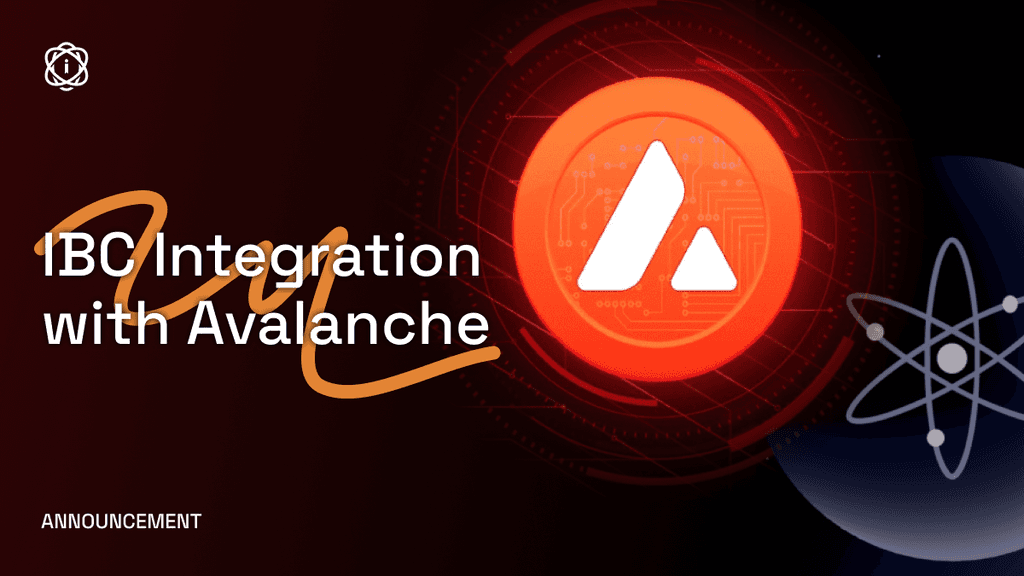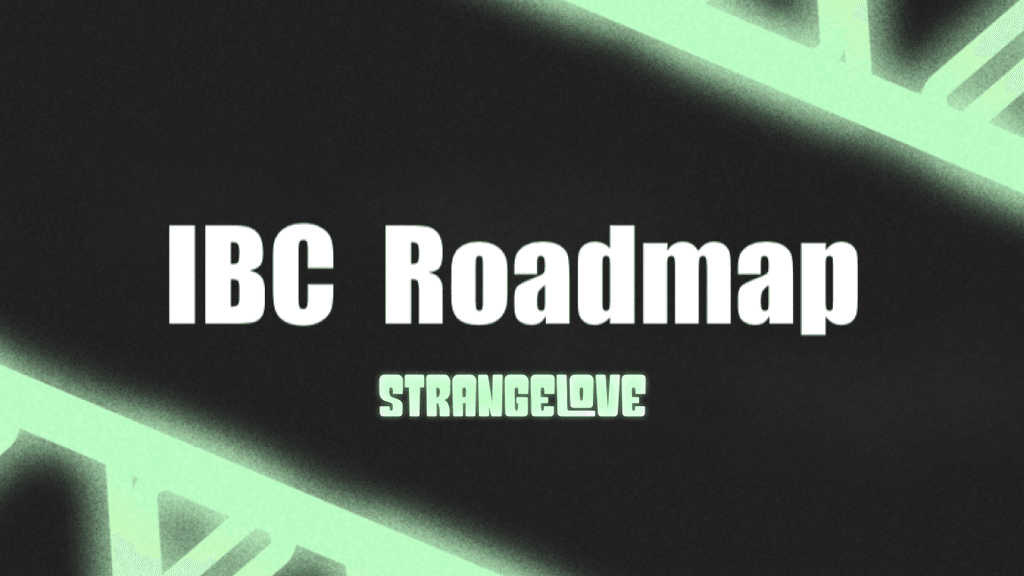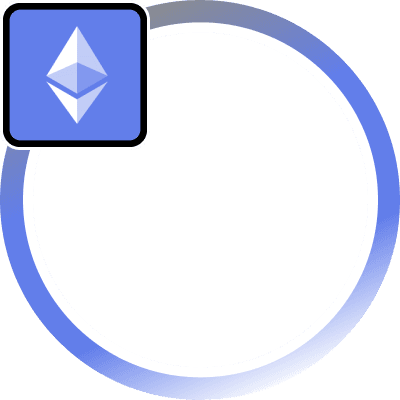The Lightning Network (LN) is a “layer 2” protocol designed to address the scalability challenges associated with the Bitcoin network. By facilitating faster and more cost-effective transactions, the LN aims to make Bitcoin more suitable for everyday use, especially for micro-transactions.
Overview
The Lightning Network is a decentralized system that enables quick and low-cost Bitcoin transactions. It operates as a second layer on top of the Bitcoin blockchain, allowing users to create payment channels between each other. The primary transactions that are recorded on the Bitcoin blockchain are the opening and closing of these channels, while the intermediate transactions occur off-chain.
History and Development
The concept of the Lightning Network was proposed in a white paper in 2016 as a solution to Bitcoin’s scalability issues. The main challenges addressed were the speed and cost associated with Bitcoin transactions. For context, Bitcoin’s theoretical maximum transaction rate is around 10 transactions per second (TPS), but in practice, it’s between 3 and 7 TPS. This is significantly lower than traditional payment systems like VISA, which averaged 6,000 TPS in 2020.
How It Works
Payment Channels
The LN operates using payment channels. Two parties can set up a channel and commit a certain amount of Bitcoin to it. Only the opening and closing transactions of this channel are recorded on the main Bitcoin blockchain. All intermediate transactions occur off-chain, allowing for rapid and virtually free transactions. For instance, if Alice and Bob set up a channel with 10 BTC and 5 BTC respectively, they can transact unlimited times between themselves without involving the main blockchain until they decide to close the channel.
Routing Payments
The LN’s design allows for the routing of payments through multiple channels. If Alice wants to send funds to Carol but doesn’t have a direct channel with her, the payment can be routed through Bob, provided Bob has channels with both Alice and Carol.
Use Cases
Several platforms and services have integrated the LN to facilitate faster Bitcoin transactions:
-
Twitter: Allows users to send and receive Bitcoin tips via the LN.
-
El Salvador: Adopted Bitcoin as legal tender and introduced a government-created, LN-compatible wallet called Chivo for seamless cross-border payments.
-
Paxful: A peer-to-peer Bitcoin exchange that has enabled Lightning payments, especially in emerging markets.
Challenges and Concerns
While the LN promises enhanced scalability for Bitcoin, it’s still in its testing phase and faces several challenges:
-
Usability: Running a LN node can be complex, and LN-enabled wallets, especially non-custodial ones, may not be user-friendly.
-
Security: The LN has identified vulnerabilities, including griefing attacks, flood and loot attacks, time-dilation attacks, and pinning attacks. However, these vulnerabilities have not been exploited, and developers are actively working on solutions.
-
Competition: Other solutions, like wrapped Bitcoin (WBTC) on the Ethereum network, offer faster transaction times and might pose competition to the LN.
Getting Started
For those interested in using the LN, they can transfer Bitcoin to a Lightning-compatible wallet. There are both custodial (like Strike and Blue Wallet) and non-custodial options (like Muun and Breez) available.
Conclusion
The Lightning Network represents a significant step forward in addressing Bitcoin’s scalability issues. By enabling faster and cheaper transactions, it brings Bitcoin closer to Satoshi Nakamoto’s vision of “peer-to-peer electronic cash.” However, as with all emerging technologies, it will need to overcome various challenges to achieve widespread adoption.








